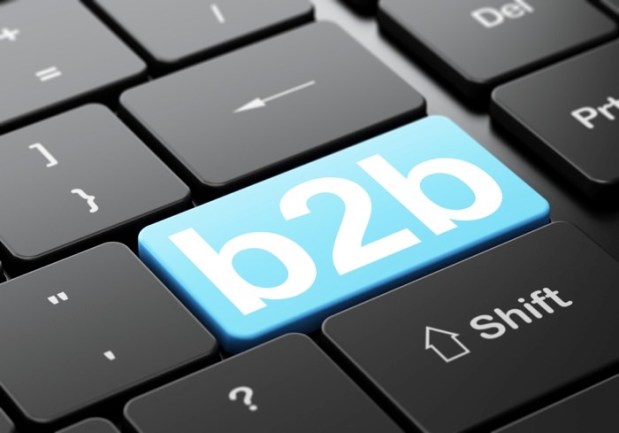Why One SaaS Also Offers Paper For Payables

B2B lags behind other industries in adopting electronic invoicing – so Direct Insite is offering paper based options alongside its eInvoicing tech. Here’s why.
The B2B industry is somewhat slower than other sectors to embrace change. A majority of businesses still use dead trees to shuffle information around, even as such archaic methodologies may be the surest conduit to fraud.
Even as eInvoicing companies try to get their clients (and their clients’ suppliers) to shift toward a digital mindset, one company, Direct Insite, is offering its users a paper-based option alongside its SaaS platform to keep accountants happy. But there’s a larger shift afoot that CEO Matthew Oakes says will eventually lead B2B to better, and electronic, accounts payable practices.
PYMNTS: Why is the paper option for accounts receivable and payable so “sticky?” Why do companies continue to rely on that process?
MO: One of the biggest reasons the paper-based process is such a sticky one is that there are no mandates in place yet — like those seen in other countries, particularly in Europe. And in those areas — and with the mandate that says, well, if you are going to do business with the government, then you have to do it with an electronic invoice — there’s a big uptake, especially in the case where taxes and other types of payments are concerned.
And in terms of broader trends that help overcome that stickiness, there are a few, such as green initiatives, where companies want to save the costs — in this case, the costs that affect the environment— and, of course, they want to be economical with the costs that come with doing business.
PYMNTS: What are the other trends in place that will change that reliance on paper?
MO: One big trend has been toward a change agent in the form of younger users in B2B who have grown up with technology and who have been coming from backgrounds in audit, risk, compliance and banking.
These people have lived with and embraced digital, and perhaps now they work within an organization directly with accounts payable, or as director of shared services or perhaps the role is as VP of finance. They now sit in the decision-maker’s chair and may have a risk-taker’s mindset, rather than just giving recommendations to someone who can sign off, who says yes or no.
PYMNTS: Are there any particular industries where you find paper AP use to be more entrenched than others?
MO: In B2B in particular, we see the legacy systems in place, where the laggards are in place across any range of industries or enterprise size, chiefly due to the fact that they have lagged all leaps of technology, especially in services. As an industry, B2B has been behind other places, such as B2C, in technology adoption by a good seven years or more.
PYMNTS: Enhancements to your own PAYBOX CORE include the ability to print and email invoices. Why now? How do you help transition B2B from paper even as you offer paper-based payments, and how does the balance shift?
MO: For companies that still have the paper-based way of doing things, especially larger enterprises, the speed of the movement toward electronic invoicing is only as fast as that of our client’s comfort with that.
And so we acknowledge that there are companies that use paper, and want to use paper, and in an effort to be a platform with multiple offerings, we’ve decided to do that, though we make sure that everything links directly with the accounts payable system.
But we also feel that offering the paper option through PAYBOX helps to serve migration away from that reliance, perhaps in stages, from paper-based payments to email to a portal-based system. The important thing for us is to round out the solutions and to help clients migrate over time at their own speed, with no need for multiple steps or multiple vendors or technologies in place.
One strong force that is in place for the migration is the security layer that we have that goes from the email and beyond, which, of course, is better than paper mail, where all of your data can be exposed. With the security I mentioned, there’s the ability to have pricing, terms, all of that emailed and more as people move to a portal option. As we’ve announced, the availability of this full spectrum of payables, including the print option, we have gotten interest from, and a positive response from, B2B.
PYMNTS: How will the mandate to electronic invoicing for the government affect the AP industry for laggards still using paper? How will it affect Direct Insite in general?
MO: The federal mandate — where the OMB has said that federal agencies have to move to electronic invoicing by the end of FY 2018 — is as straightforward as it gets. Whether the transition gets done in 2018 on time, or let’s say 2019, there’s going to be a ripple effect. That means that companies, especially large ones, that do business with the government and move to electronic invoicing are then going to see that they have separate ways of doing things with separate partners, especially as they interact with state and local governments, too. So, they are going to take the route to the best level of efficiency, which means electronic and portal options such as ours.
